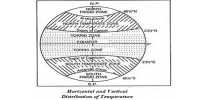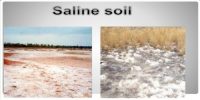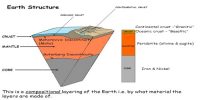Frost in the atmosphere
Frost forms on cold surfaces when condensation takes place below freezing point (0°C), i.e. the dew point is at or below the freezing point. The excess moisture is deposited in the form of minute ice crystals instead of water droplets. The ideal conditions for the formation of white frost are the same as those for the formation of dew, except that the air temperature must be at or below the freezing point.
The main weather phenomena resulting from cooling by contact at or near the Earth’s surface are dew, frost, and fog. If the dew point of the cooling air is above 0ºC, dew or fog will form, if below 0ºC , hoar frost or freezing fog. Cooling can occur by radiation loss from the Earth or advection of warmer air over a colder surface. Calm to light winds prevents stirring of the atmosphere, which allows a thin layer of super-cooled temperatures to develop at the surface. These super-cooled temperatures can be up to 10 degrees cooler than 4-5 feet above the surface, where observations are typically taken. For example, if conditions are favorable, air temperatures could be 36 F, but the air in contact with the surface could be 30 degrees or colder.














